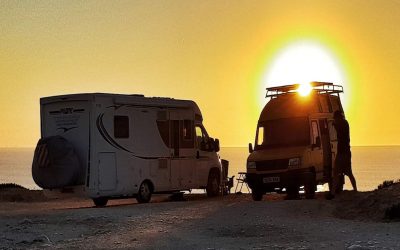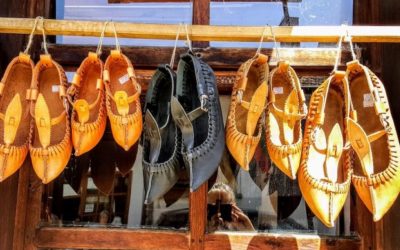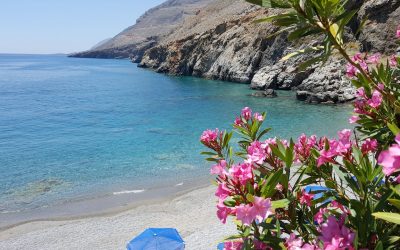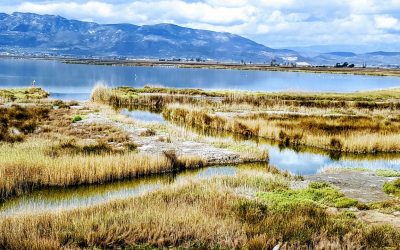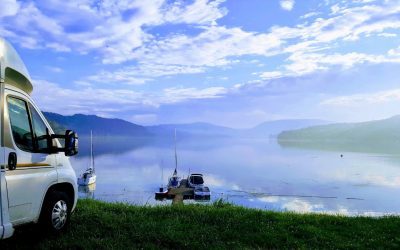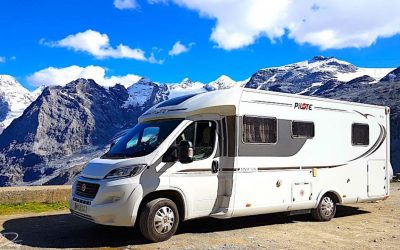We love meeting new people on the road and hearing what brought them to travel. When we rocked up to a wild spot on the west...

Wild Camping
Wild Camping
The best bits of Bulgaria’s countryside
Trekking north from our southern Bulgarian initiation, left us a little sad, only because of the innocence and raw beauty of this...
Our Greek lessons in 30 days!
One of my first impressions of Greece as we rolled off the Anek Lines ferry, was how the full moon lit up Drepano Beach, Igoumenitsa and...
Visiting Spain’s Ebro Delta
As I sit here watching the sun go down over the Ebro Delta on Spain’s north-eastern coast, I can hear the gentle cries of the flamingoes...
Living Life on the Road
As those lovely Roman chaps used to say, 'Tempus fugit' - and you know what? They were right, time really does fly. I can't believe...
Wild Camping in a motorhome
There is nothing more contentious than to throw the topic of wild camping into a Motorhome discussion group. It evokes the most...
Follow us
You can find us on social media,
different channels for different content.

